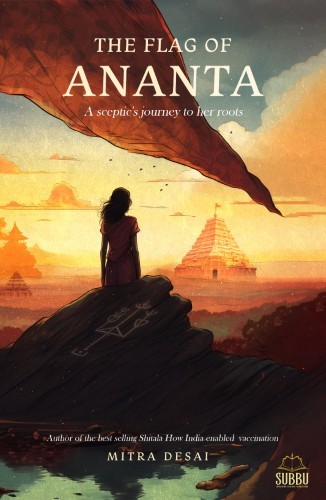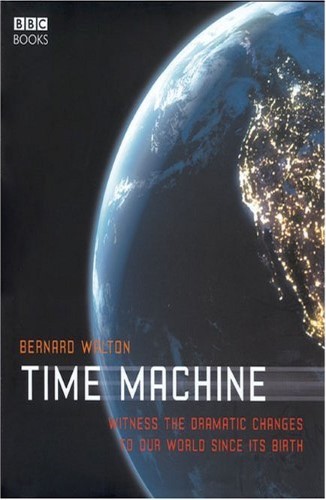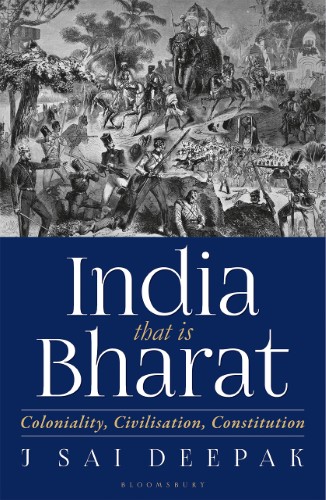The Flag of AnantaAuthor/s: Mitra Desai
Out of stock
An integral part of the Indic renaissance which is often talked about in recent years have been fresh initiatives at dating various events pertaining to our Itihasa as described in the Ramayana and Mahabharata. Geography plays a crucial role in such initiatives as the geological and environmental changes which our planet has undergone over millenia can be well traced through markers such as changing sea levels, glacial retreats, sedimentation of bays, dried river beds, etc. Understanding the geography of the wider world as it existed during the time of the Ramayana or Mahabharata becomes as important as astronomical and cultural reference points. An example of this is the detailed geographical description of various continents, islands and far-away lands in all four cardinal directions as advised by Sugriva to Vanara scouts on the look-out for Mata Sita in the Valmiki Ramayana.
Mitra Desai’s “Flag of Ananta” takes this quest forward by basing this geographical atlas of Sugriva as the foundation of an exceptionally well researched and engaging book. The book is important in not just consolidating various advances made in the interpretation of the geography of the Ramayana but also in continuing to demolish the colonial mindset of dismissing Itihasa as “Mythology” or “Non-historical”. The book is hence not just a “great read” but a “must read” in the midst of bitter culture wars where threats to Hindu historical identity are increasing alarmingly from various quarters.













Reviews
There are no reviews yet.